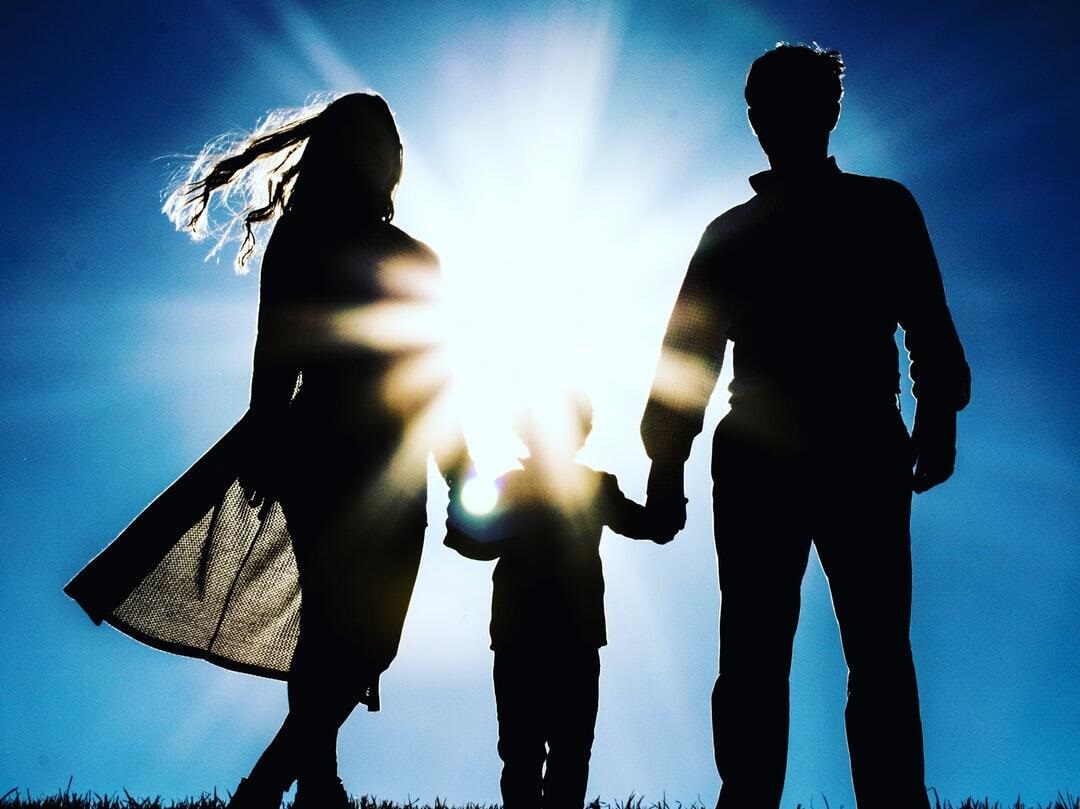Domestic infant adoption is an emotional and intricate journey, where a child transitions from their birth family to loving adoptive parents. Typically occurring within the same country, this process begins with a birth mother voluntarily giving up her parental rights, paving the way for the adoption.
Join us as we dive into the heartfelt stories and experiences of both birth mothers and adoptive parents throughout the domestic infant adoption journey.
The Birth Mother’s Decision
The first step in domestic infant adoption starts when the birth mother decides on giving baby up for adoption. She might choose this because of money problems, no support, or not feeling ready to raise a child.
This choice is very hard for the birth mother and often brings feelings of sadness and loss. But many find comfort in knowing they are doing what they think is best.
Selecting an Adoption Agency or Facilitator
Once a birth mother decides to give baby up for adoption, her next step is to find an adoption agency or facilitator. These groups help birth mothers and adoptive parents through the process.
Agencies like Gulf Coast Adoptions offer counseling, and support, and help match birth mothers with adoptive families. Facilitators act as go-betweens, handling legal paperwork and resources.
Both birth mothers and adoptive parents should pick an agency or facilitator that fits their values. They should also check for accreditation and follow guidelines from the National Council for Adoption (NCFA).
Creating an Adoption Plan
Once a birth mother chooses an agency or facilitator, she creates an adoption plan with them. This plan includes:
- The type of adoption
- Choosing adoptive parents
- Post-adoption contact discussion
Open adoptions allow some communication between birth parents and adoptive families. This includes exchanging letters and pictures.
Semi-open adoptions may have limited contact with a third party. Closed adoptions mean no contact after the adoption.
Matching with Adoptive Parents
Once an adoption plan is in place, the agency helps the birth mother find adoptive parents. This means looking at profiles of families who want to adopt and matching what the birth mother wants.
Things like religion, location, and lifestyle might matter. But, it’s also about connection and trust. Often, adoptive parents make profile books or videos to show their lives and personalities to birth mothers.
Transitioning to Adoptive Parents
After matching, the transition can start. They will meet and get to know each other and prepare for the legal adoption.
Some birth mothers plan for the hospital, deciding who will be there and their roles. Others prefer a traditional hospital stay and then give the child to the adoptive parents.
The Legal Process
After you give the baby up for adoption, the adoptive parents will assume legal responsibilities. Their lawyer will file paperwork that a judge must approve before finalizing the adoption.
In this process, the adoption agency terminates and transfers the birth mother’s rights to the adoptive parents. This ensures the child has a permanent, loving home with their new family.
Explore the Process of Domestic Infant Adoption with this Guide
Domestic infant adoption is a complex and emotional journey for both birth mothers and adoptive parents. It involves tough decisions but ends with a loving home for the child. By learning about this process, we can support and respect those involved in creating families through adoption.
Is this article helpful? Keep reading our blog for more.





Be First to Comment